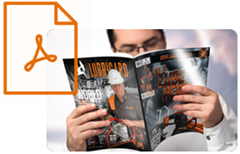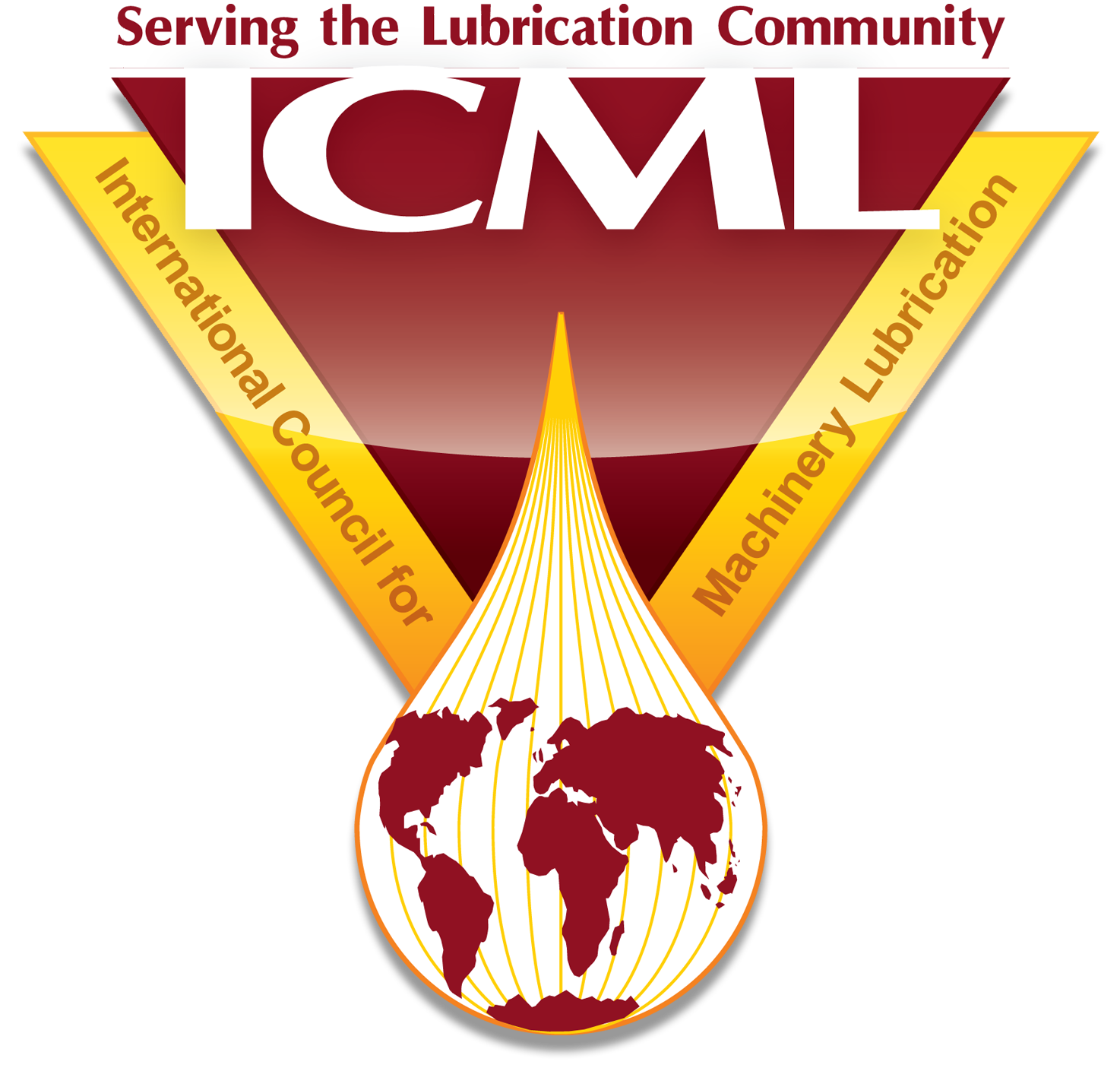
Lubrigard is pleased to offer this 3-day in-person & online training, hosted at WearCheck Canada in Burlington, Ontario Canada & WearCheck USA located in Raleigh, North Carolina.
The training covers both the MLT-1 and MLA-1 body of knowledge in accordance to ISO 18436-4. This course provides the foundational training for reliability-centered machine lubrication work practices. You will learn the positive impact that high quality lubrication practices can have on your machine's health and your plant's productivity.
Participants will learn how to transform an existing lubrication process from modest and reactive to thorough, accurate and proactive. The MLT-1 exam is administered through ICML.
Course Cost: $1595 IN-PERSON / $950 ONLINE Exam cost: $275 USD (exam is optional). All fees are per person.
Certification exam options are: MLT-1, MLA-1, and MLT-1/MLA-1.
I.
Maintenance Strategy (5%)
A. Why machines fail
B. The impact of poor maintenance on company profits
C. The role of effective lubrication in failure avoidance
II.
Lubrication Theory (10%)
A. Fundamentals of tribology
B. Functions of a lubricant
C. Hydrodynamic lubrication (sliding friction)
D. Elasto-hydrodynamic lubrication (rolling friction)
E. Mixed-film lubrication
III.
Lubricants (15%)
A. Base-oils
B. Additives and their functions
C. Oil lubricant physical, chemical and performance properties and
classifications
D. Grease lubrication
1. How grease is made
2. Thickener types
3. Thickener compatibility
4. Grease lubricant physical, chemical
and performance properties and classifications
IV.
Lubricant Selection (15%)
A. Viscosity selection
B. Base-oil type selection
C. Additive system selection
D. Machine specific lubricant requirements
1. Hydraulic systems
2. Rolling element bearings
3. Journal bearings
4. Reciprocating engines
5. Gearing and gearboxes
E. Application and environment related adjustments
V.
Lubricant Application (25%)
A. Basic calculations for determining required lubricant volume
B. Basic calculations to determine re-lube and change frequencies
C. When to select oil; when to select grease
D. Effective use of manual delivery techniques
E. Automatic delivery systems
1. Automated deliver options
a) Automated grease systems
b) Oil mist systems
c) Drip and wick lubricators
2. Deciding when to employ automated
lubricators
3. Maintenance of automated
lubrication systems
VI.
Preventive and Predictive Maintenance (10%)
A. Lube routes and scheduling
B. Oil analysis and technologies to assure lubrication effectiveness
C. Equipment tagging and identification
VII. Lube
Condition Control (10%)
A. Filtration and separation technologies
B. Filter rating
C. Filtration system design and filter selection
VIII.
Lube Storage and Management (10%)
A. Lubricant receiving procedures
B. Proper storage and inventory management
C. Lube storage containers
D. Proper storage of grease-guns and other lube application devices
E. Maintenance of automatic grease systems
F. Health and safety assurance

 Paul Dumont is Vice President of Sales for Lubrigard Ltd. Paul started his career running his own business in the proactive lubrication industry providing lubrication solutions to his clients. Since joining Lubrigard Ltd. Paul has developed strong relationships with both distributors and major clients and is the source of technical knowledge for Lubrigard services. (OMA I, MLA I, MLT I certified).
Paul Dumont is Vice President of Sales for Lubrigard Ltd. Paul started his career running his own business in the proactive lubrication industry providing lubrication solutions to his clients. Since joining Lubrigard Ltd. Paul has developed strong relationships with both distributors and major clients and is the source of technical knowledge for Lubrigard services. (OMA I, MLA I, MLT I certified).